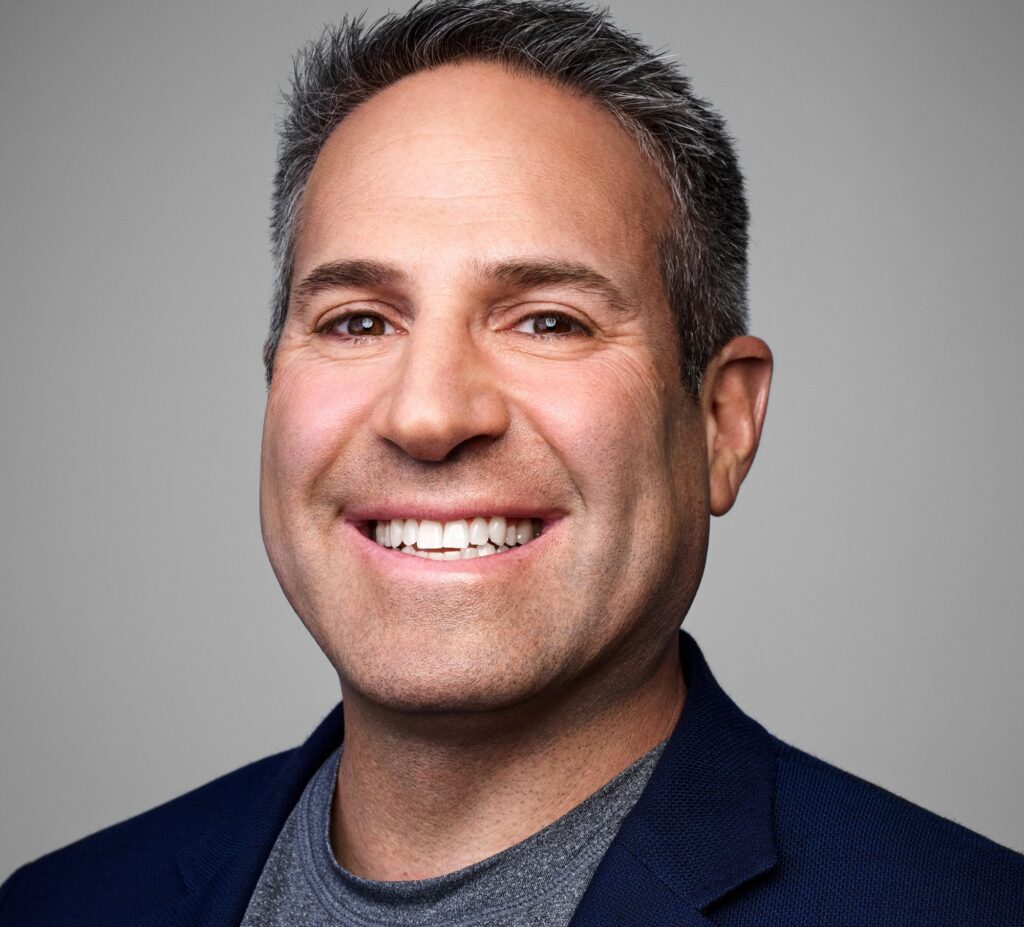Walgreens’ new P-O-P monitoring program is a milestone in improving the performance of retail displays, but there will be bumps in the road before other retailers and manufacturers benefit.
In December, the drugstore giant began equipping its nearly 5,000 stores to track P-O-P execution and performance via RFID tags on displays. So far, 15 packaged goods manufacturers have joined the program, which monitors when and where displays are set up in-store (or left in the back room) and analyzes their effect on sales.
The system, run by Goliath Solutions, overlays store-level sales data with daily updates on P-O-P placement to show how (and how much) each display is affecting sales. Marketing chiefs at headquarters can call store managers and tell them to get neglected displays up, move or remove under-performing displays.
“Goliath’s tracking system will help us customize our merchandising on a store-by-store basis and ultimately increase sales and profit per square foot,” said George Riedl, Walgreens senior VP-marketing, in a statement. “It also will help both our own purchasing department and our vendors evaluate past promotions and plans for future programs.”
Deerfield, IL-based Goliath is also testing its system with a major supermarket chain, and has seen interest from consumer electronics, DIY and office-supply retailers, as well as grocers, mass-merchandisers and C-stores.
As other retailers adopt RFID tracking for P-O-P and proof of low compliance multiplies, “marketers will confirm what they’ve suspected: that P-O-P placement is an inefficient, broken system that has be fixed,” says Peter Breen, managing director of content for the In-Store Marketing Institute. “Marketers might not like what they learn at first, but ultimately it’ll help make marketing programs a lot more successful.”
The program may put the onus on manufacturers to create genuinely effective displays—but it also gives them hard data to see which displays actually improve sales.
The stakes are huge: Marketers spend about $16.5 billion a year on P-O-P (per PROMO’s 2005 Industry Trends Report), and even more on trade promotion to sell displays in. That could drop a lot or a little, depending on what portion of displays proves to have no impact on sales.
Or it could jump, if improved compliance turns out to really benefit sales. Goliath tests have found sales jump as much as 300% when P-O-P was deployed correctly. “We’ve been surprised to see how different elements, such as color, size and message, affect sales,” says Goliath CEO Bob Michelson.
Real-time RFID tracking lets retailers nudge store managers to get P-O-P up during the promo window.
“Manufacturers have been able to say for years how many displays they got up, but they couldn’t say it fast enough. Real-time turnaround [of data] means displays get put up right away,” says retail-marketing consultant David Diamond of David Diamond Associates.
The big benefit is identifying the best spot in the store for a display, and immediately reacting to get maximum sales lift, Breen says. Still, hard evidence of low compliance could make negotiations tense, if manufacturers press retailers to cut their demands for trade dollars that fund display space.
“Everyone has known all along that they were paying for programs, but execution wasn’t so hot,” Breen says. “They’ve been turning a blind eye, but with evidence now on paper, will CPGs be emboldened to negotiate harder? How will retailers react?”
Retailers may see some “jockeying over trade dollars in the short-term, but in the long-term, trade dollars will flow to good programs,” Michelson argues. “There may be fewer displays, but those that run will be effective.”
Walgreens has tested Goliath’s system for about a year in 50 stores, with 12 manufacturers. The system-wide rollout should be complete by first-half 2007, Polzin says. The 15 participating CPGs (including those manufacturers that helped test the system) span such product categories as cosmetics, candy, over-the-counter medications and seasonal goods. Industry sources believe Walgreens is charging CPGs for the service.
A fee—and, in fact, the incremental cost of putting RFID chips on displays—is worth it, Diamond contends: “Marketers would be so glad to pay if this system does what it’s supposed to do. Incremental sales would dwarf the cost of the program.”
Walgreens is the first retailer to apply RFID technology to marketing. Wal-Mart’s vaunted use of chips to track pallets and cases—reportedly behind its January 2006 target for adoption by 300 manufacturers in 600 stores—serves logistics, not marketing. (In October, Wal-Mart and Target Stores began sharing stock-keeping data from 13 manufacturers, but that, too, is about logistics.)
“Most retailers are focused on…getting products through distribution and in-store and leaving it at that,” Breen says. “Walgreens jumped the rest of the industry by going straight to a marketing function.”
That’s good for eventual RFID adoption, Diamond says. “This is proof that RFID can play a valuable role in merchandising and marketing, without having to replace UPCs,” he says. “It’s an application that makes sense and doesn’t require the grand vision of RFID tags on every product. That is a long way off, but marketers still should get some experience with RFID, especially with applications that make sense right now.”



